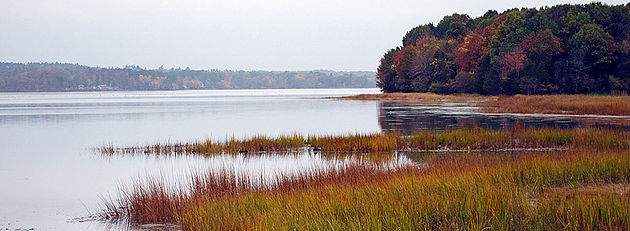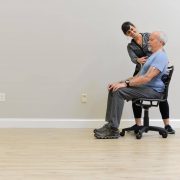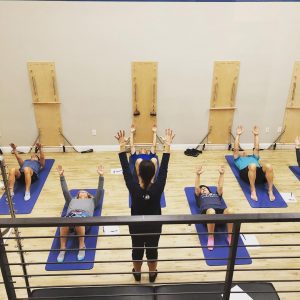5 Summer Activities on the Seacoast to Keep You Active, Healthy, and Mobile!
With the weather getting warmer, it’s time to start appreciating all the amazing assets that the Portsmouth area has to offer for summer fun! The best way to prevent back pain and all-around stiffness or soreness is to stay moving as much as possible, and what better way to do so than out in nature?
Here are some of our favorite places to walk, bike, and otherwise enjoy the outdoors!
1. Great Bay National Wildlife Refuge
The Great Bay National Wildlife Refuge includes more than 1,000 acres of protected land in Newington, NH. Its two main trails are open to both hiking and biking and offer a close look at the flora and fauna of the Great Bay area. While visiting the reserve, you might see bald eagles, foxes, otters, turtles, deer, and a huge variety of songbirds. There are two main trails for the public to explore this unique and largely untouched area. The half mile Upper Peverly Pond path is a boardwalk trail, meaning it is fully wheelchair accessible and inviting for both young children and seniors! The William Furber Ferry Way trail is a more ambitious, yet not intimidating, two miles that delves deeper into the forest and features a beaver pond and old orchard.

2. Picnic by the Sea at New Castle
New Castle’s Great Island Common is a perfect destination for a relaxed, yet active day spent outdoors. You can spend the morning kayaking, an excellent core and upper body workout, and then kick back with a picnic on the beach or lawn. The park area also offers a large playground if you’re accompanied by young children. No matter where you stand, you’ll have a breathtaking view of the ocean, multiple lighthouses, and boats entering and leaving the harbor.

3. Take a bike ride around Portsmouth
Get some exercise in while riding along all of the scenic views that the Seacoast area has to offer! Port City Bike Tours brings groups on historic and coastal bike tours with 5 different routes to chose from for a private or public tour. All of the tour guides are local to the area and have a love for New Hampshire history and historic preservation!
4. Odiorne State Park
Odiorne is the ocean lover’s ideal hike- gorgeous views of the rocky coastline, twisting trails through the woods that open up onto a salt marsh, and a paved bike path all in one place. Odiorne is comprised of about 330 acres of protected land, and is open year round to walkers and explorers! In the summer, you can even go tidepooling while you walk along the shore. You might find sea stars, snails, minnows, crabs, and more! And you will undoubtedly see seagulls throughout the entire coastline walk. On the wooded trails, you could come across deer, songbirds, chipmunks, and squirrels. Odiorne is a great place to stretch your legs and get some fresh air while enjoying the seacoast at its best!
5. Try Stand-Up Paddleboarding
Stand-Up Paddleboarding is a perfect way to get a core workout in while enjoying the ocean! This low-impact outdoor activity has gained popularity over recent years not only for being great exercise, but also because standing at your full height above the water gives you a unique view of your surroundings – which are beautiful at any location along the Seacoast! The balance and core stability that goes into paddleboarding is something we focus on with our Pilates program as well. In fact, Pilates and paddleboarding would be great activities to pair this summer!

Is pain getting in the way of you doing your favorite summer activities? CLICK HERE for a free discovery visit with one of our specialists to see how we can help!
Carrie Jose, Physical Therapist and Pilates expert, owns CJ Physical Therapy & Pilates in Portsmouth, NH. To get a free copy of her guide to taking care of back pain – click here.





